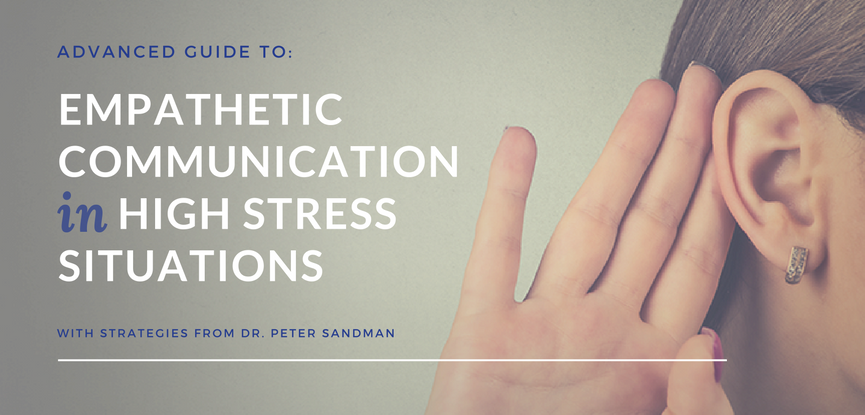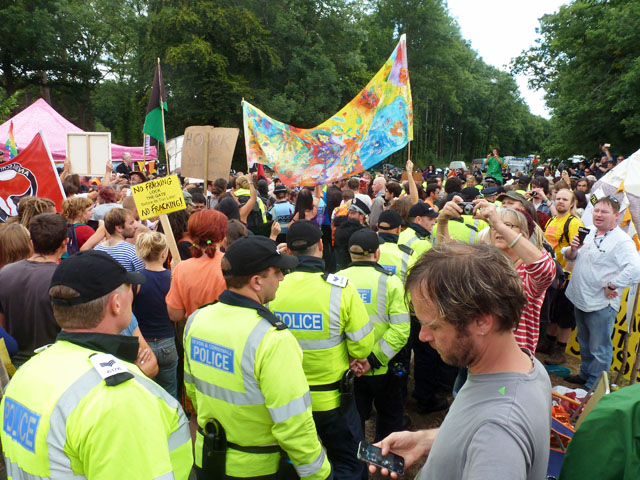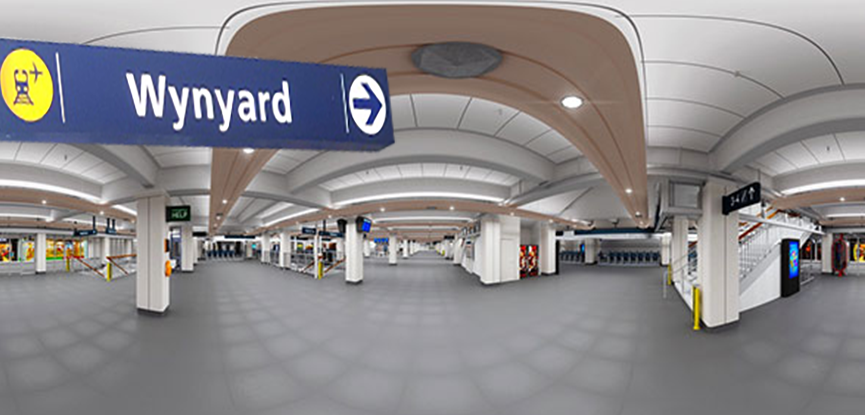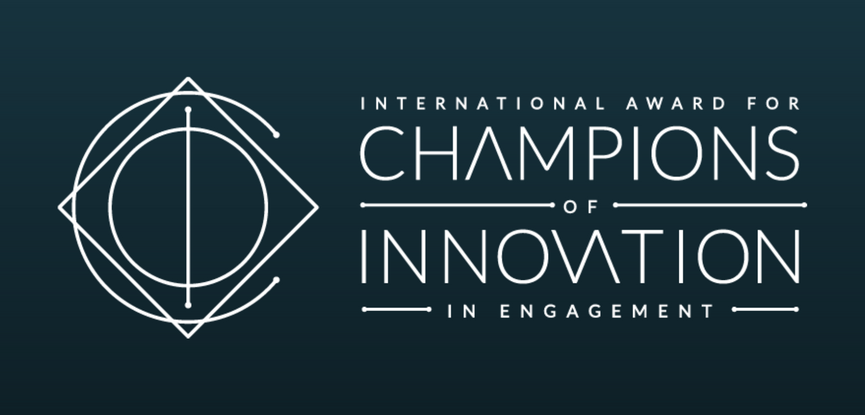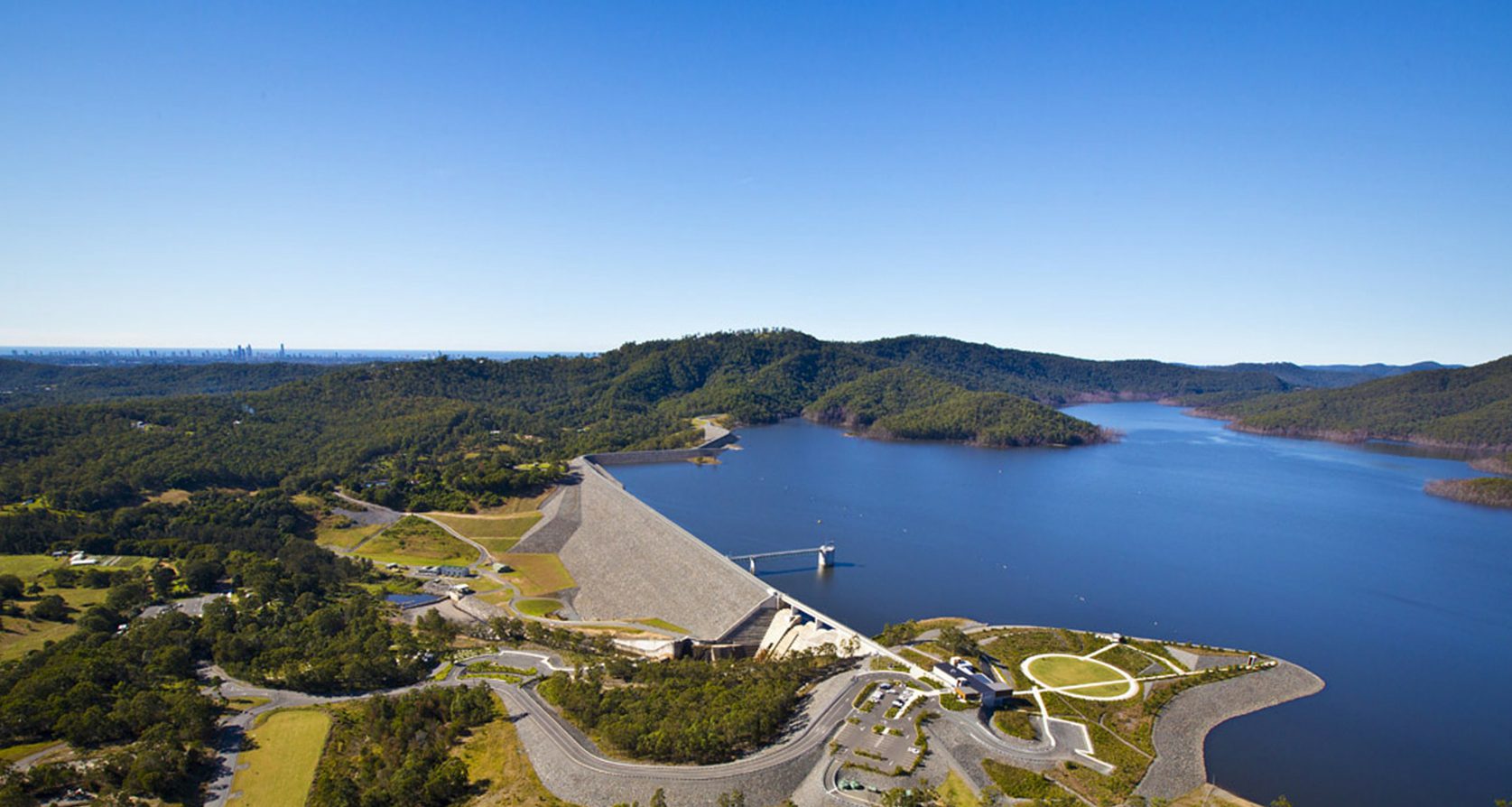High stress situations call for a high degree of empathy. We explore how to strengthen stakeholder relationships in intense moments.
Continue readingCase Study: How Casey Next Used Innovation to Drive Community Engagement
Over the coming months we will be showcasing some of the best projects from the Champions of Innovation award. Casey Next is a project that used innovative approaches to engage hard to reach groups.
Recently City of Casey supported by Capire undertook its most ambitious community engagement program to date – Casey Next.
The Challenge
Casey is one of the fastest growing municipalities in Victoria and their community is continuously evolving. Council needed to ensure that they continue to deliver services in line with the needs, aspirations and priorities of their community.
Casey has a very culturally diverse population and also a relatively young population with the largest age cohort being 0-18 years of age. The challenge was to engage these culturally diverse and younger groups, who traditionally are not as involved in engagement processes as much as the older, anglo-saxon community members.
The Solution
The Casey Next program was designed to build a deeper understanding of the rapidly growing Casey community including their needs and expectations of council. Council needed this insight to refresh the existing City of Casey Vision, to better understand the value of council services to the community and to assist in identifying priorities for the next Council Plan.
To overcome challenges such as engaging hard to reach groups and ensuring that Casey Next was as inclusive as possible a range of tools and activities were developed, including:
- Creating a Children’s activity where children under 8 could draw their responses. This was sent to 33 kindergartens and completed by 237 children with an average age of 5.
- Piggybacking off the success of Pokemon Go, Casey advertised that they were dropping lures at engagement events to attract young people. Staff would also approach people at high volume Pokemon Go areas, such as Wilson’s Botanic Park in Berwick (full of rare Onyx and Clefairy).
- Capire staff worked with Casey Diversity, Access and Inclusion team to identify existing meetings to attend to discuss the Casey Next Project, for example an Afghani Women’s Group who meet regularly meet at a primary school. Translation support was provided.
- Casey and Capire staff worked with the Casey Aboriginal Gathering Place to hold a community workshop with 45 local Aboriginal people. This event served as a six month celebration for the Gathering Place and a discussion about future services and programs.
- A pop-up was held at a Rooming House to talk to people who are in insecure housing. We were the first Council group to ever approach this rooming house for engagement purposes.

Results
More than 3600 people provided feedback to Casey Next through a variety of channels. It is estimated that promotional activities for Casey Next reached up to 480,000 people.
In addition to the large volume of contributions, Council heard from a diverse range of community voices. This included people from the Afghani, Kenyan, Maori, Aboriginal and Islander communities.
In total, Casey Next engaged 712 people under 18 years of age; 23 percent of the total respondents. The overall age breakdown of participants was also very close to the population break down.
Learn how other organisations manage small and large scale engagement projects. Download the free information sheet for your industry.

RELATED READING
Case Study: Novo Rail – Winner of the COI Award for Community Engagement
Make Your Community Engagement Meaningful Using These Three Tactics
7 Benefits (and some Common Pitfalls) of Stakeholder Databases
Case Study: Murrumbidgee Irrigation Area Renewal Alliance
Risk Communication: 5 Steps To Reduce Public Outrage
Discover what public outrage is and learn how to communicate empathetically with highly stressed stakeholders.
Continue readingCase Study: Novo Rail – Winner of the COI Award for Community Engagement
Congratulations to Novo Rail Alliance and Aurecon, the winners of the Champions of Innovation Award in Community Engagement.
Continue readingMake Your Community Engagement Meaningful Using These Three Tactics
Consider these three community engagement tactics before deciding how you are going to consult with your community.
Continue readingAnnouncing: The International Champions of Innovation in Engagement Award 2016
We are inviting stakeholder and community engagement experts to submit entries for the 2016 Champions of Innovation in Engagement Awards.
Continue readingThe Power of Proactive Engagement
You’ve heard the adage – if you don’t measure it, you cannot manage it! The same applies to community and stakeholder engagement.
Continue readingWhy Engage? We ask Seqwater
Seqwater is South East Queensland’s bulk water authority, operating and maintaining an extensive network of dams, treatment plants, reservoirs and pipelines to provide a safe, secure and reliable bulk water supply to the region.
Seqwater also provides essential flood mitigation and irrigation services, and manages recreation facilities visited by almost 2.6 million people every year. Members of the community interact with Seqwater’s park rangers, communication and recreation teams, engineers, operators and contractors on a daily basis.
We ask Seqwater’s Corporate and Community Relations Manager Liz Kearins, to share some insights into why they engage:
At Seqwater, our vision is “Healthy communities, prosperous region”, and our purpose is partnering to deliver safe, secure and cost-effective water and catchment services to our customers and communities.
To make that vision a reality, we need to work collaboratively with our communities, customers, industry, stakeholders and government. We also need to be able to collect and curate data which provides insights into the communities we serve. In striving to work in partnership with others wherever we can, we need to be able to engage actively, achieve a high level of satisfaction with our stakeholders and customers, and identify opportunities to improve.
With many organisations putting in place dedicated resources and policies to manage stakeholder and community engagement, the importance of these activities is only going to rise. And although the days of sticky notes on the wall are not quite over yet, organisations are looking to innovation and technology to help engage with more people, more efficiently, and in a more meaningful way.
Want to learn how other organisations manage their stakeholder and community engagement? Download the free information sheet for your industry.

RELATED READING
Make Your Community Engagement Meaningful Using These Three Tactics
Innovation: 4 Tips For Every Communications Professional
Case Study: Novo Rail – Winner of the COI Award for Community Engagement
The Power of Proactive Engagement
10 Reasons Why a Stakeholder Management System is Your Next Competitive Advantage
Gone are the days of spreadsheets and Post-it notes. Strategic stakeholder management is your new competitive advantage.
Continue reading
